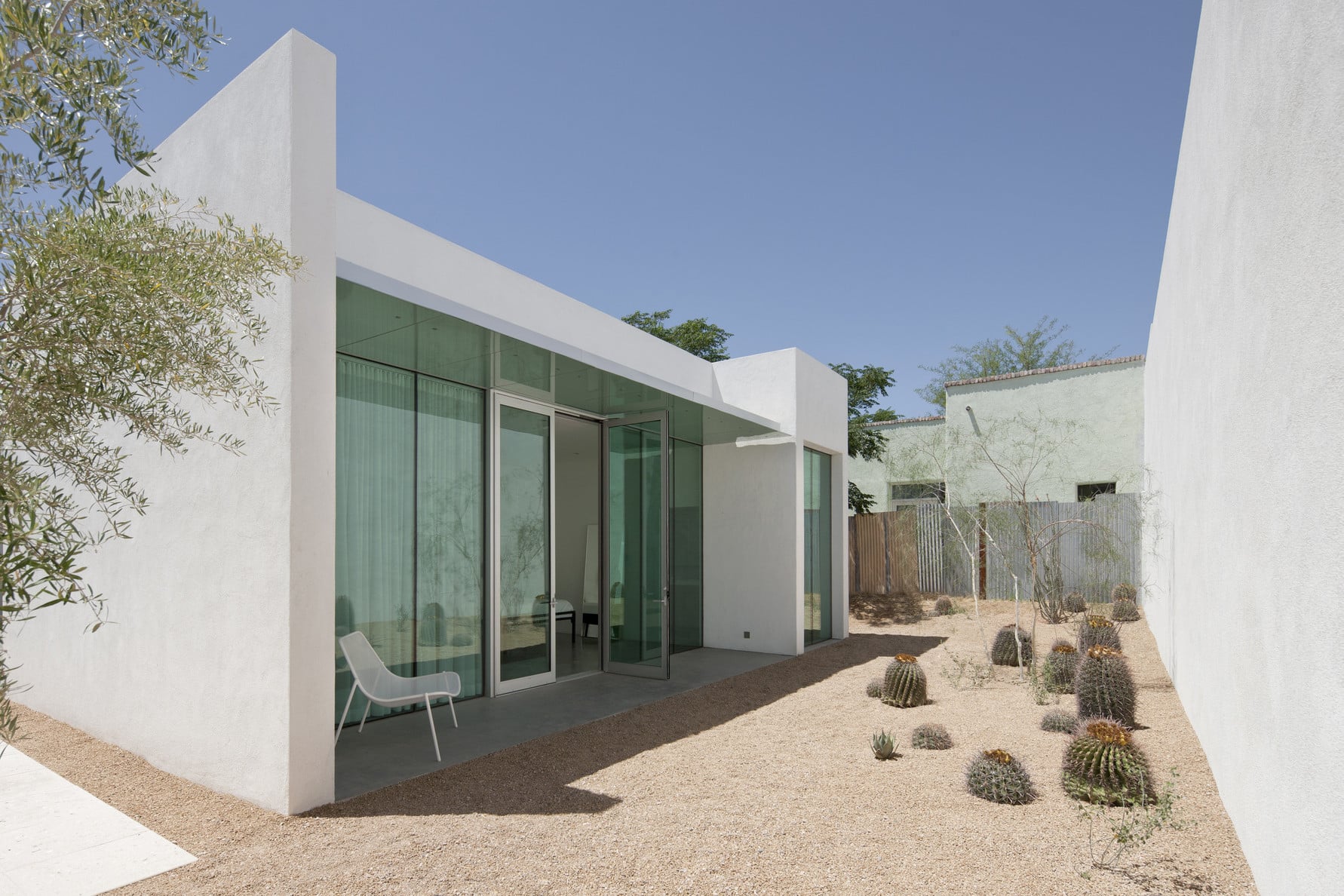If you’ve spent some time checking out online photography portfolios and websites, you’ve probably noticed that some of the best ones include a blog. There are tons of good reasons to include a photography blog on your own portfolio site, so if you’re wondering how to set up your own, you’ve come to the right place!
No matter where you are in your career as a photographer, there is so much to be gained from maintaining a blog on your site. It can help you grow your business, expand your audience, land new clients, create additional revenue streams, and get your site to rank highly on Google. The best part is, it doesn’t have to be something that is difficult or expensive to set up and maintain.
By spending a bit of time setting up your photo blog page, and creating a schedule of blog posts that works for you, you’ll be taking steps towards bringing your photography career to the next level.
Why Should I Start a Blog for my Photography Website?
By choosing a photography website template with this one feature, you’ll be giving yourself an easy way to achieve more of your photography goals. From increasing revenue to becoming a trusted resource in your industry, there’s no shortage of reasons to start a blog if you’re a photographer:
To keep your photography site updated and fresh.
One of the first reasons you might consider starting a blog is that it gives people who visit your site something new to see between major site updates. Depending on the type of photography you do, there might be long periods when new photos aren’t in your portfolio. For example, if you’re a wedding photographer, you might have a major update every year after the summer wedding season, but not much to add for the rest of the year. A photography blog gives you a space to stay fresh and connected to your audience in the down season.
To attract a wider audience and get new clients.
Speaking of your audience, while it’s important to stay relevant to existing clients and readers, you also want to make it easy for people who are new to your work to find you. You can tailor the content of your blog in different ways to attract readers who may become paying customers, and we’ll get into some of those ideas later.
To establish yourself as a subject matter expert.
You might also want a wider audience for other reasons, depending on your career goals. For example, if you dream of becoming a photography educator or even teaching in a photography school one day, you might make your content more educational.
To improve your ranking on search engines.
Search engine optimization is on everyone’s lips, with good reason. Attracting readers becomes easier when people can easily discover your blogs on Google, and keeping a blog with great content is one of the things you can do to majorly improve your ranking.
To create more revenue streams for your photography business.
Photographers can make money by taking photos, of course, but there are additional things you can do to grow the income of your business. Photography bloggers can include sponsored content on their site, for example. We’ll cover more ways that blogging can be used to add revenue streams below.

How to Start a Photography Blog
If you’re convinced by now that blogging is a good idea for your photography business, it’s time to go through the steps of setting up a blog. The good news is, you don’t have to know a single line of code to get set up.
Step 1: Brainstorm photography blog ideas
What are some good ideas for subjects to blog about as a photographer? The first step when starting your blog is to think about what exactly you hope to achieve with it. Don’t worry about choosing one angle and being stuck with it forever: you can always change direction as you learn more about what works for you and what doesn’t, but starting out with some direction will increase your chances of success.
For example, if you’re a pet photographer and your goal is to land more gigs shooting pet portraits, you can start by thinking about what content would appeal to people who would use your services. Since you already share all your awesome photos in your portfolio, what else can you show them to convince them that you’re the best person for the job? The answer might be behind the scenes shots that show how much fun a photo session with you is. If you’re a newborn photographer, you might consider blogging about things like how to safely conduct newborn portrait sessions, in order to assure parents that you’re not only great behind the camera, you also prioritize safety.
If part of your business goal is to become a valued source of knowledge for other photographers, you might create photography blogs for beginners with tips and tricks, behind the scenes details of your shooting style, or even more advanced tutorials.
The goal is to pick a focus, or niche, for your blog that resonates with the right people and supports your business goals. By thinking about this from the beginning, you can ensure you’re not wasting time creating content that isn’t really right for your photography business.
Step 2: Choose a blogging platform
Creating blogs is easier than ever, with tons of options available to you for setting up your own.
There are a number of different options to get started with your blogging. The best idea is to choose a website builder that already has built-in blogging functions. This way, you can host your photography blog on the same platform as your photography portfolio.
With a website builder, you don’t have to worry about web hosting or site maintenance, since this is all included. A website builder that’s created with photographers in mind and includes blogging will check all of the requirements you have as a photographer.
A major reason for hosting your blog on the same website as your portfolio is that people who might not otherwise have found your work might discover it through your blog since everything is on the same website. More eyes on your photos mean more potential work, and blogging is a great way to get those eyes on your portfolio.
Step 3: Choose a great name for your photography blog
You’ve probably already chosen a name for your photography business, which may just be your own name, but coming up with a cute and memorable name for your blog can be a great way to designate it as a special online space in people’s memories. This isn’t an absolute must, but it can be a fun way to set your blog apart from others. You can use the blog name in your website menu and at the top of your blog page, for example. You can also refer to it in your email newsletters.
Step 4: Determine the content you’re writing about
Now that you have your photography setup, it’s time to think about the type of content you’re going to produce for your blog. Balancing your photography business and a photography blog could be hard and time-consuming. Therefore, it’s best to think in advance what type of content is worth writing about for your blog and will drive interest for your potential clients.
Think about blog pieces that can highlight your past work. Were there any great projects or events that are extremely memorable? What about interesting projects that were really challenging? While pictures are worth a thousand words, sometimes, it’s good to share the story behind the photography projects you’ve done.
Step 5: Put together a posting schedule
If you’re determined to create a photography blog that is used to help boost your organic search, you may want to regularly create content and upload it to your photography blog. While it can be hard to determine topics to write about since after all we are photographers and not writers, you can consider brainstorming topics at the start of each month and set a realistic timeline for yourself. For example, you may want to dedicate one piece of content each month to ensure that your blog is being updated regularly.
Step 6: Familiarize yourself with SEO basics
If you want to get the most of your blog, making it easy for people to find it by using SEO best practices and tools is always a good idea. While it may be tempting to create short posts that contain a few images and a bit of text about your recent work, for example, this approach likely won’t be great for the success of your blog.
Search engines love long-form content, so fewer blog posts that are longer will help you show up near the top of more Google search results. Using photos in your blog posts will help, too. Make sure your images are named with SEO in mind. For example, a photograph for a recent wildlife shoot called “YourNameWildlife12” is a better name than “IMG20732”, since search engines take photo names into account when ranking sites.
Finally, make sure you use keywords that are relevant to what you’re writing about, such as search terms that might be used by people who find this particular blog post interesting. Don’t overdo it and sounds artificial, but write in a natural style that makes regular use of relevant terms.

Do Photography Blogs Make Money? Ways to Make Money with Your Photography Blog
In addition to driving people who might be interested in your work to your portfolio website, which alone is a great reason to start a blog, there are tons of ways you can monetize your blog to make extra money and grow your business. These include:
1. Affiliate Links
Affiliate links are an awesome way to get passive income from your blog. This won’t work for everyone, but if you write about things like your favorite camera equipment, you can set up affiliate links to that if anyone buys the equipment through the link in your post, you get a small commission. If you end up writing a very popular blog post, you might find that a single post creates a nice amount of additional monthly income without any extra work.
2. Sell Prints
If you have a shop on your portfolio website selling art prints of your work, your blog can be a great way to link to the shop so that you get more sales. For example, if you’re a landscape photographer, you can write a post about the best ways to display landscape photos in your home linking throughout to your own images.
3. Build your audience and community
Having an audience is extremely valuable for any photographer. A blog with posts that are actually interesting and valuable will help you create trust with visitors, and you can use it to do things like grow your email list, which is a great marketing tool.
4. Land gigs
Not only does the fact that more people will see your images mean that you’ll likely be occasionally contacted for gigs as a result of your blog, but you can also use it to boost your bookings from time to time. For example, if it’s a slow time of year for you, you might want to offer a deal on mini sessions and advertise it on your blog. You just might find that people who regularly check in might take you up on the extra incentive to work with you.
5. Sell stock photos
In addition to your regular portfolio, you can also create stock images in your photography niche to make more money. A blog can be a great way to sell more of these photos. For example, you can write occasional posts highlighting your most popular or most useful stock photos, with a link at the bottom of the post to the page where you sell them. Stock photos are another way to make extra money as a photographer, and a blog is a fantastic way to promote that part of your business.
Starting a photography blog is a fantastic, easy way to expand your business, make more money, express yourself, and even connect with your fans and clients. It offers a chance to let people in on more of yourself, your work, and your creative process than a simple portfolio allows. It’s also one of the best things you can do for your search engine optimization, which can do wonders for people’s ability to actually discover your work.
With the right website builder, you can get your own blog up and running in no time. This saves you the trouble of hosting and building a separate website and ensures that your blog is actually serving your overall photography business. It also allows you to keep your portfolio, e-commerce shop and posts all in one place where they’re easy to find and navigate through.
To really get the most of your website builder, make sure you look for one that also includes a range of beautiful themes or templates. These templates make it so much easier to create your dream portfolio website and blog since you’ll be able to choose something that goes with your style and branding and easily customize it to feel like it was designed just for you.
With the right builder and a few great ideas for posts, you can start a blog that will continue to help boost your business long after you hit that “post” button.
Want more tips for landing clients? Try these:
How To Get Photography Clients: 14 Ways To Grow Your Business








